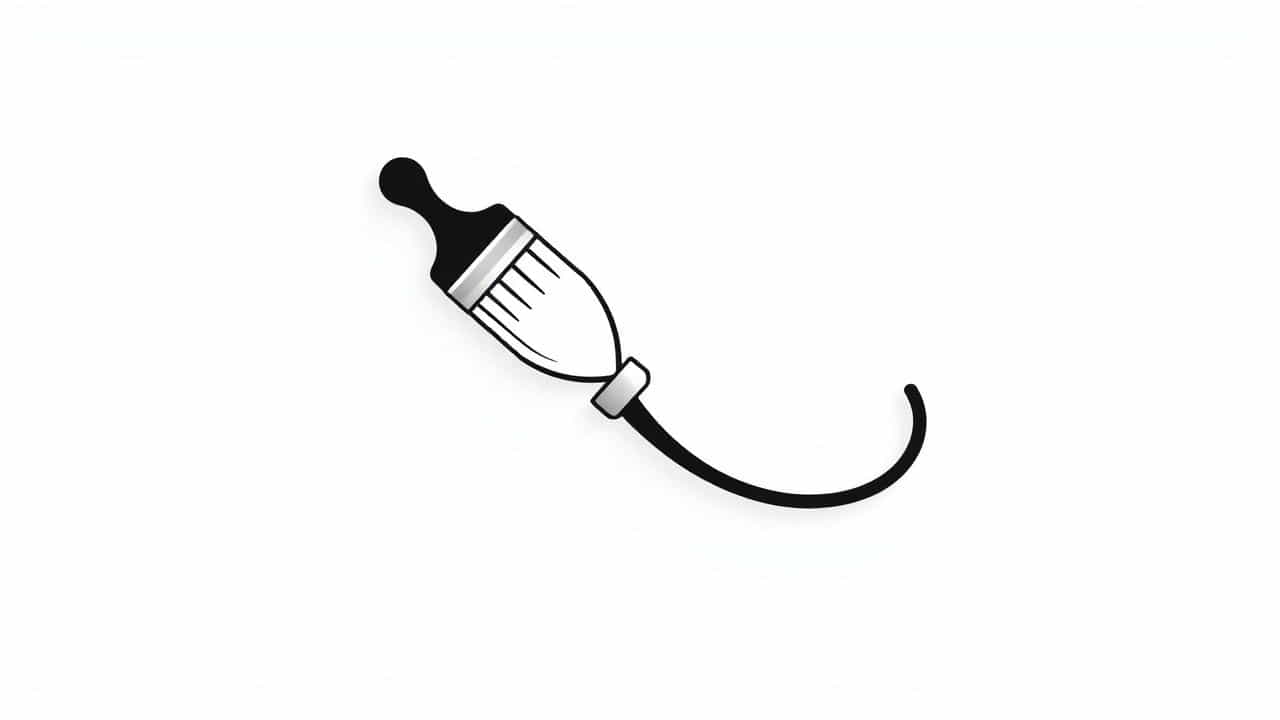Varnish and cordite are two distinct materials with important industrial and military applications. Varnish is commonly used for wood finishing and protection, while cordite is a smokeless propellant used in ammunition and explosives. Despite their differences, both require specific chemical compounds to achieve their desired properties.
This topic explores the key materials used in making varnish and cordite, their chemical compositions, and their practical applications.
What Is Varnish?
Definition and Purpose
Varnish is a transparent, hard, and protective coating applied to wood, metal, and other surfaces. It enhances the appearance, durability, and resistance of materials against moisture, UV light, and wear.
Types of Varnish
-
Oil-Based Varnish – Made with natural oils like linseed oil or tung oil, offering deep penetration and durability.
-
Water-Based Varnish – Contains water-soluble resins, drying faster with minimal odor.
-
Polyurethane Varnish – A synthetic option known for its high durability and chemical resistance.
-
Spar Varnish – Designed for outdoor use, providing extra protection against UV radiation and moisture.
Key Ingredients Used in Varnish Production
1. Resin (Natural or Synthetic)
Resins are the primary film-forming agents in varnish. They create a hard and glossy finish while enhancing adhesion to surfaces. Common types include:
-
Alkyd Resins – Used in modern varnishes for their durability and affordability.
-
Shellac – A natural resin derived from insect secretions, offering a warm amber tone.
-
Polyurethane – A synthetic resin that provides excellent water and scratch resistance.
2. Solvents or Thinners
Solvents help dissolve resins and control the viscosity of varnish. They also affect drying time and application smoothness. Examples include:
-
Turpentine – A natural solvent obtained from pine trees.
-
Mineral Spirits – A petroleum-based solvent commonly used in oil-based varnishes.
-
Alcohol – Used in shellac-based varnishes for quick drying.
3. Drying Oils
Drying oils harden upon exposure to oxygen, forming a protective layer. Common drying oils include:
-
Linseed Oil – Penetrates deeply and enhances the wood grain appearance.
-
Tung Oil – Provides superior water resistance and durability.
4. Driers (Metallic Compounds)
Driers accelerate the oxidation process of drying oils, reducing varnish curing time. Examples include:
-
Cobalt Driers – Promote rapid drying.
-
Lead Driers – Previously used but now restricted due to toxicity.
What Is Cordite?
Definition and Historical Use
Cordite is a smokeless propellant used in ammunition, explosives, and artillery shells. It was developed in the late 19th century to replace black powder, offering more controlled combustion and reduced smoke production.
Types of Cordite
-
Cordite Mk I – The original formula, containing nitroglycerin, nitrocellulose, and petroleum jelly.
-
Cordite Md – A modified version with higher stability and energy output.
-
Cordite N – Developed for naval and artillery use, offering increased performance and safety.
Key Ingredients Used in Cordite Production
1. Nitrocellulose (Guncotton)
Nitrocellulose is a highly flammable compound derived from cellulose and nitric acid. It serves as the primary explosive base in cordite, providing controlled burning characteristics.
2. Nitroglycerin
Nitroglycerin is a powerful liquid explosive that enhances the combustion efficiency of cordite. It must be carefully stabilized to prevent accidental detonation.
3. Petroleum Jelly
Petroleum jelly acts as a stabilizer and plasticizer, reducing the risk of spontaneous ignition while keeping the cordite pliable.
4. Acetone (Solvent for Mixing)
Acetone is used as a solvent to help mix nitrocellulose and nitroglycerin into a uniform, dough-like paste before extrusion.
5. Stabilizers (to Prevent Decomposition)
Cordite degrades over time due to chemical reactions, so stabilizers are added to increase shelf life and prevent dangerous breakdowns. Common stabilizers include:
-
Dibutyl phthalate – Prevents moisture absorption.
-
Centralite – Reduces the formation of acidic byproducts.
Comparison of Varnish and Cordite Ingredients
| Ingredient | Used in Varnish? | Used in Cordite? |
|---|---|---|
| Nitrocellulose | No | Yes |
| Nitroglycerin | No | Yes |
| Resins (Alkyd, Polyurethane, Shellac) | Yes | No |
| Drying Oils (Linseed, Tung Oil) | Yes | No |
| Petroleum Jelly | No | Yes |
| Solvents (Turpentine, Acetone, Mineral Spirits) | Yes | Yes |
| Driers (Cobalt, Lead Compounds) | Yes | No |
| Stabilizers (Centralite, Dibutyl Phthalate) | No | Yes |
Despite their different uses, both varnish and cordite require chemical stabilizers, solvents, and specialized compounds to achieve their desired properties.
Applications of Varnish and Cordite
1. Varnish Applications
-
Furniture Finishing – Protects wooden surfaces and enhances aesthetics.
-
Musical Instruments – Provides smooth, glossy finishes on violins, guitars, and pianos.
-
Automobile Coatings – Protects car exteriors from scratches, oxidation, and UV damage.
-
Marine Varnish – Used on boats and ships to resist moisture and saltwater damage.
2. Cordite Applications
-
Ammunition and Firearms – Used in rifle cartridges, artillery shells, and handguns.
-
Explosives – Employed in military and mining industries.
-
Rocket Propellants – Some formulations are adapted for aerospace applications.
Safety and Environmental Considerations
1. Varnish Safety
-
Toxic Fumes – Some varnishes release volatile organic compounds (VOCs), requiring proper ventilation.
-
Flammability – Many solvents used in varnish are highly flammable.
-
Eco-Friendly Options – Water-based and low-VOC varnishes are safer alternatives.
2. Cordite Safety
-
Explosive Hazard – Cordite must be handled with extreme caution to prevent accidental ignition.
-
Storage Concerns – Must be stored in cool, dry conditions with proper stabilization.
-
Environmental Impact – Modern research focuses on developing eco-friendly alternatives to traditional propellants.
Both varnish and cordite rely on specific chemical compounds to achieve their functional properties. While varnish enhances wood protection and durability, cordite plays a crucial role as a smokeless propellant in ammunition. Understanding their key ingredients, production processes, and safety measures ensures their effective use in industries, military applications, and everyday products.
